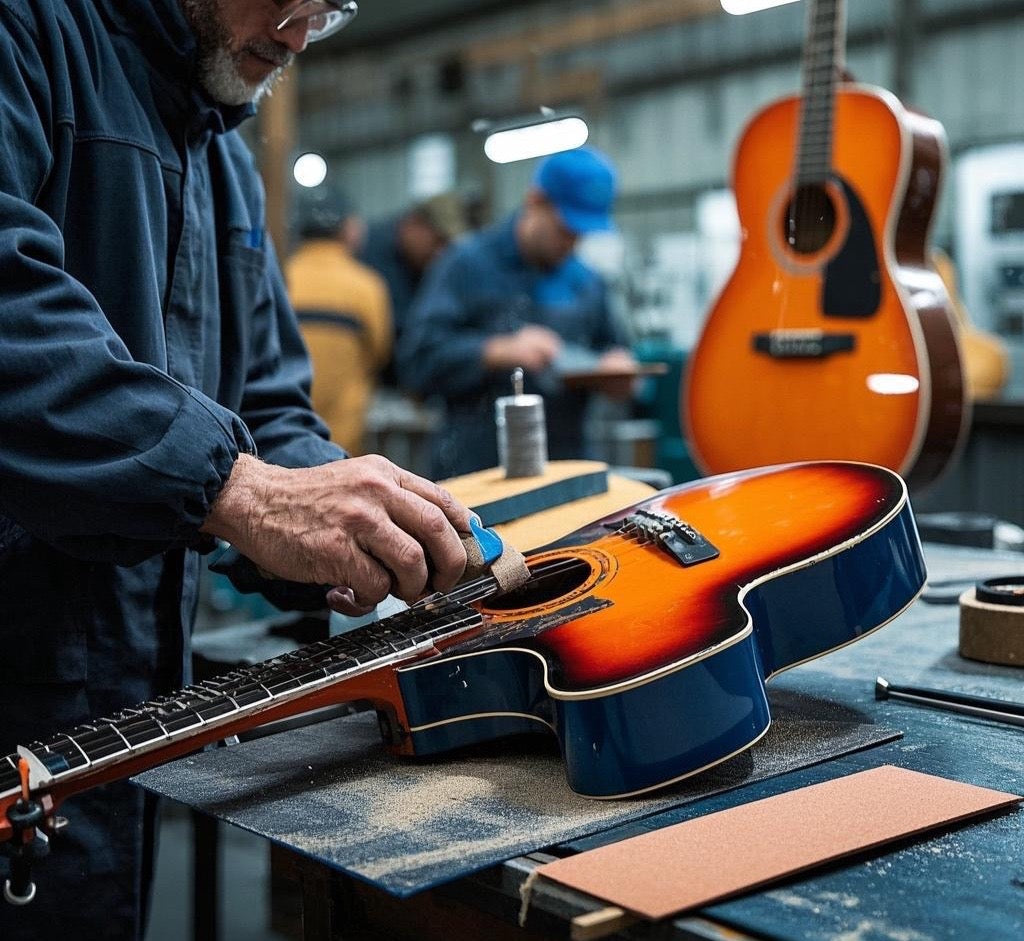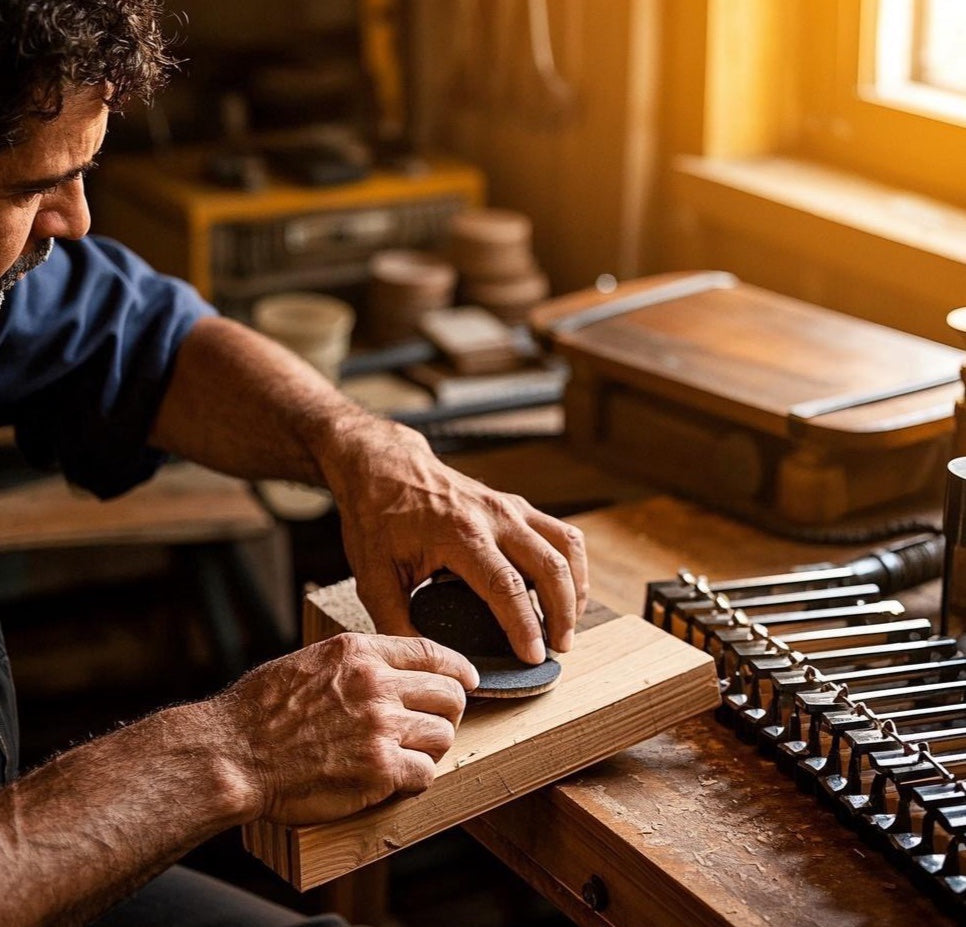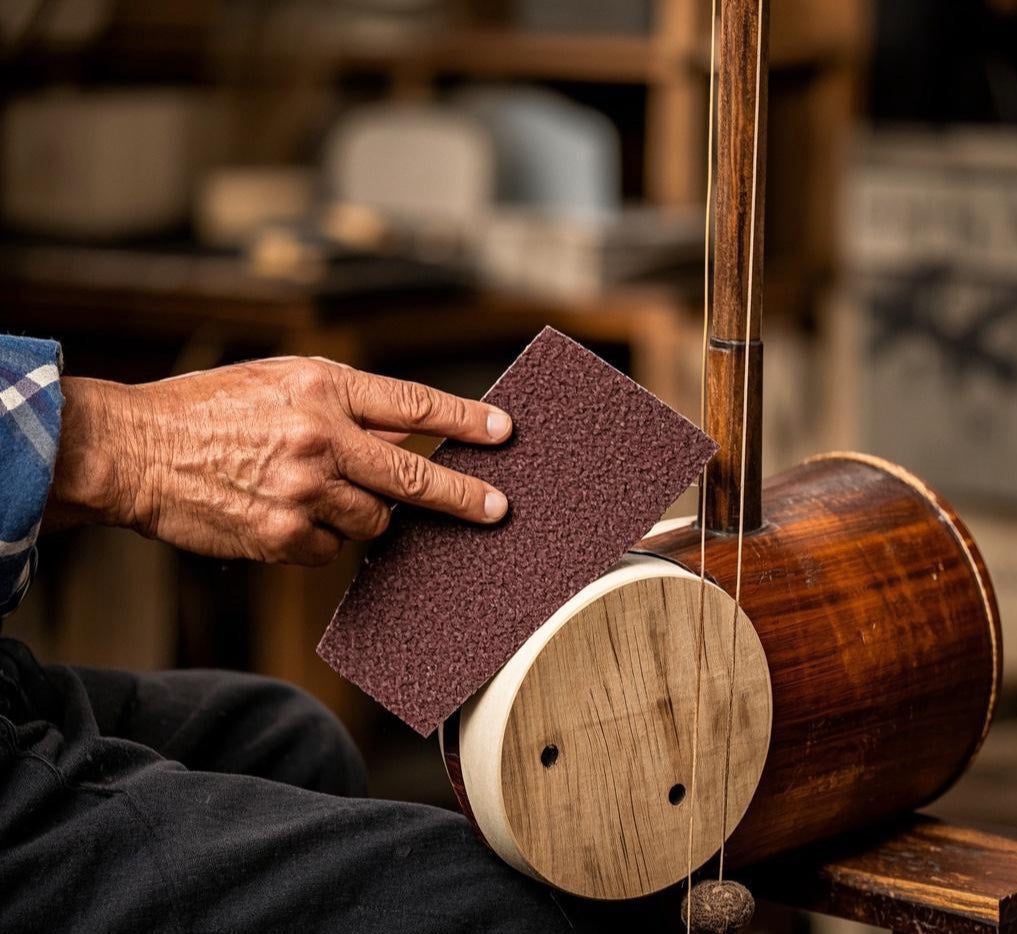No products found
Use fewer filters or remove all
Abrasives For Sanding Instruments
four different types of abrasive grains: aluminum oxide, zirconia, ceramic, and silicon carbide. Each grain has its own unique set of properties and certain grains are better suited to sand certain materials than others. Instruments can be produced with a wide variety of materials, but the most common material sanded for instruments is wood.
- Sanding discs:Disc sanders are a staple tool for instrument production. Random orbital sanders allow you to sand surfaces while creating an even finish. We manufacture sanding discs that can be used for both wet and dry sanding to meet your needs regardless of your process.
- Sanding belts: Belt sanders aren’t as commonly used for instrument production as disc sanders, but they can still be beneficial for certain sanding processes. You can save time sanding larger surfaces like guitar bodies with a belt sander. Wide belt sanders are also used to sand various piano components. Red Label produces sanding belts in sizes ranging from ¼” x 18” all the way up to 54” x 128”.
- Sanding rolls: Red Label manufactures sanding rolls that can be cut and used for drum sanders. Drum sanders are commonly used to sand materials (like guitar side panels) to a desired thickness and flatten surfaces. However, sanding rolls can also be cut and used as sanding sheets. Buying sanding rolls is a great way to buy in bulk and save money on sanding supplies.
- Sanding sheets:Sanding sheets can be used for hand-finishing instruments and sanding tight spaces or smaller workpieces. Outside of instrument production, sanding sheets are also used to sand reeds for improved reed performance.

Guitar: Used to remove blemishes, scratches and irregularities on the surface of the guitar body, improve the sound quality and appearance, especially the polishing of the guitar neck, fingerboard and panel.
Piano: Fine polishing of the piano shell, keyboard surface and soundboard. Abrasives help remove surface impurities and improve appearance and tone.
Violin: Used to adjust the soundboard and backboard of the violin, polish the bow and string grooves, and ensure that the violin has a clear tone when playing.
Ukulele: The wooden surface, fingerboard and bridge of the ukulele are carefully polished to obtain a smooth touch and better sound effects.

Sand balls: used to adjust the surface of the sand balls, keep it smooth and uniform, and ensure that it does not affect the sound effect during use.
Conga drums: used to polish the contact area between the drum shell and the leather surface, adjust the flatness of the drum surface, and improve the sound quality of the drum sound.
Bongo drums: Surface treatment of bongo drums, remove irregular parts and defects, and improve appearance and sound quality.
Marimba: The wooden sound bar of the marimba needs to be finely polished to ensure the smoothness of the sound bar and the clarity of the sound quality.

Guzheng, Erhu, Yangqin, etc.: The surfaces and parts of these traditional string instruments and percussion instruments also need to be polished to ensure their sound quality and feel.
Hammer surface of percussion instruments: used to adjust the shape and surface of the hammer head to make it more suitable for striking and produce better tone.
Polishing of accessories of electronic guitars, electronic pianos, etc.: such as polishing of pickups, audio regulators, control buttons, etc. to ensure their smoothness and good touch.
Woodwind instruments (such as flutes and clarinets): The surfaces of these instruments need to be carefully polished, especially the wood parts, to improve the clarity and smoothness of the tone.
